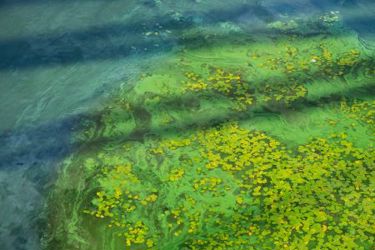The Chemistry Of A Bloom: What Water Tests Reveal About Toxic Algae

Harmful algal blooms (HABs) are more than just surface scum—they’re chemically complex, ecologically disruptive, and potentially dangerous to public health. But by decoding the chemistry behind these events, scientists and communities are transforming how we detect, monitor, and respond to them. Thanks to advances in water testing technologies, including fluorescence-based sensors from Turner Designs, we now have near real-time insights into the chemical conditions that drive blooms.
Modern tools measure key indicators like chlorophyll (a marker of algal biomass), phycocyanin (specific to toxic cyanobacteria), nutrient concentrations, dissolved oxygen, pH, and temperature. These data points help pinpoint bloom triggers, monitor bloom progression, and inform public health responses—such as beach closures or drinking water advisories.
The article spotlights the 2016 crisis in Florida’s Indian River Lagoon, where a toxic bloom triggered fish kills, halted tourism, and alarmed residents. In response, a network of researchers, citizens, and local officials deployed fluorescence sensors to track the bloom in real time. This grassroots, tech-enabled approach improved response times, informed decision-making, and engaged the community in environmental stewardship.
Get unlimited access to:
Enter your credentials below to log in. Not yet a member of Water Online? Subscribe today.
